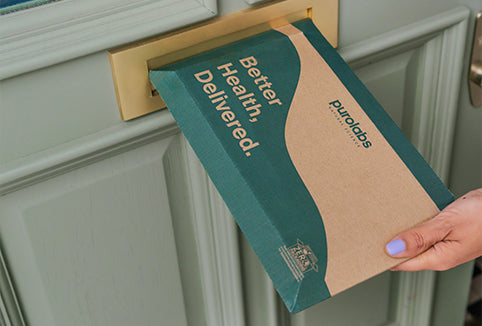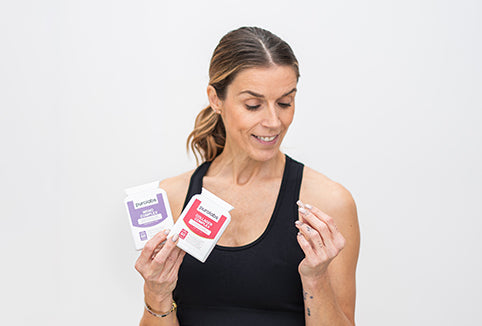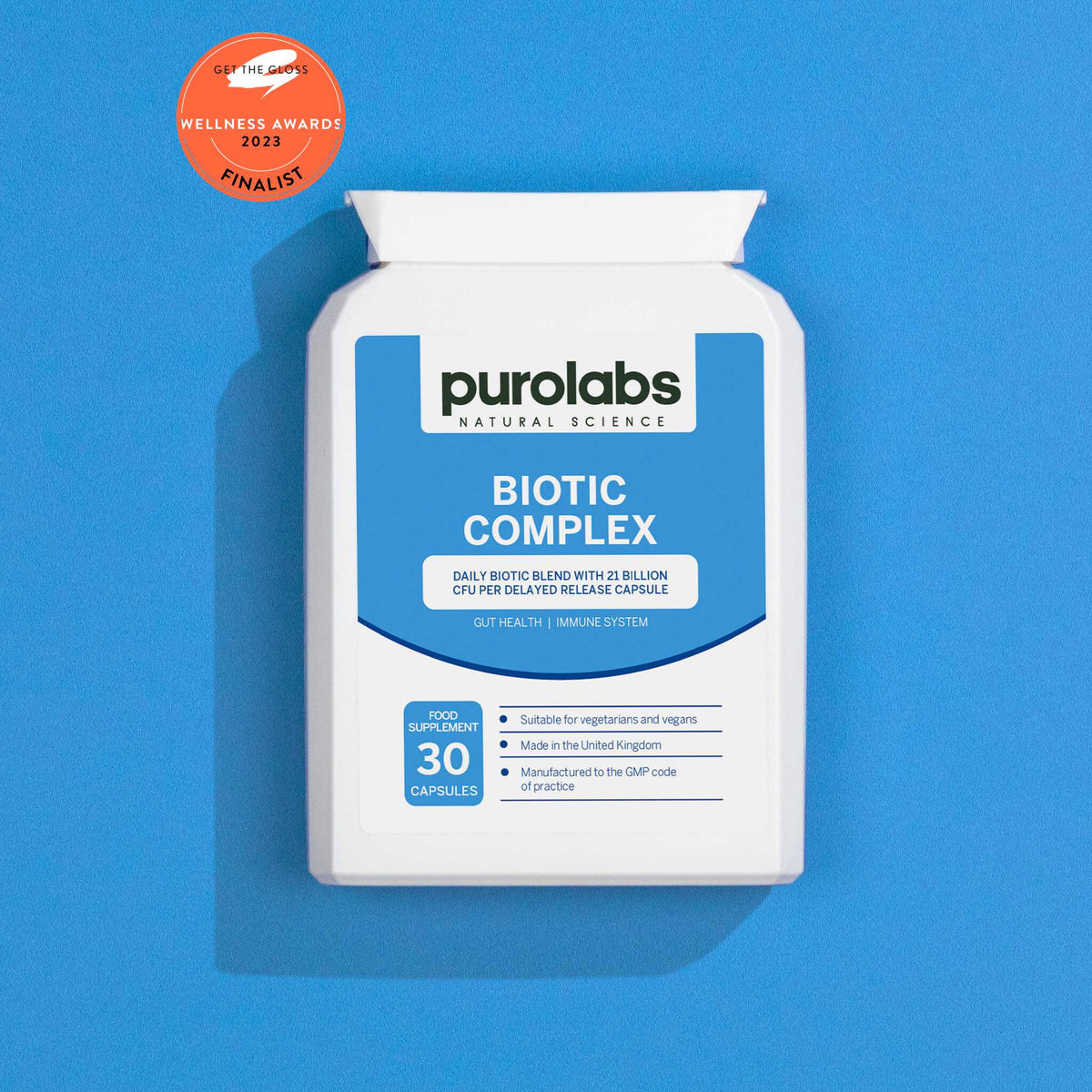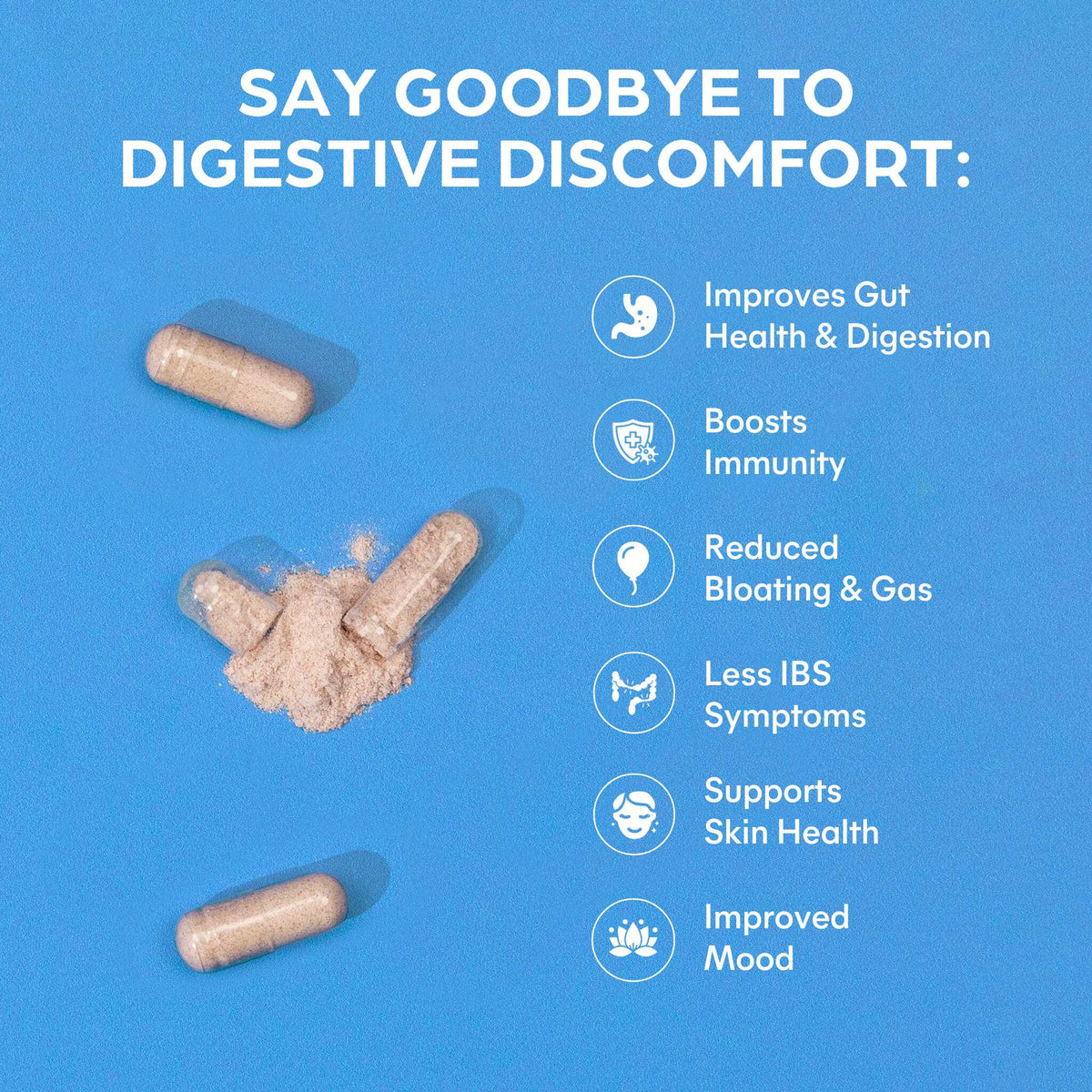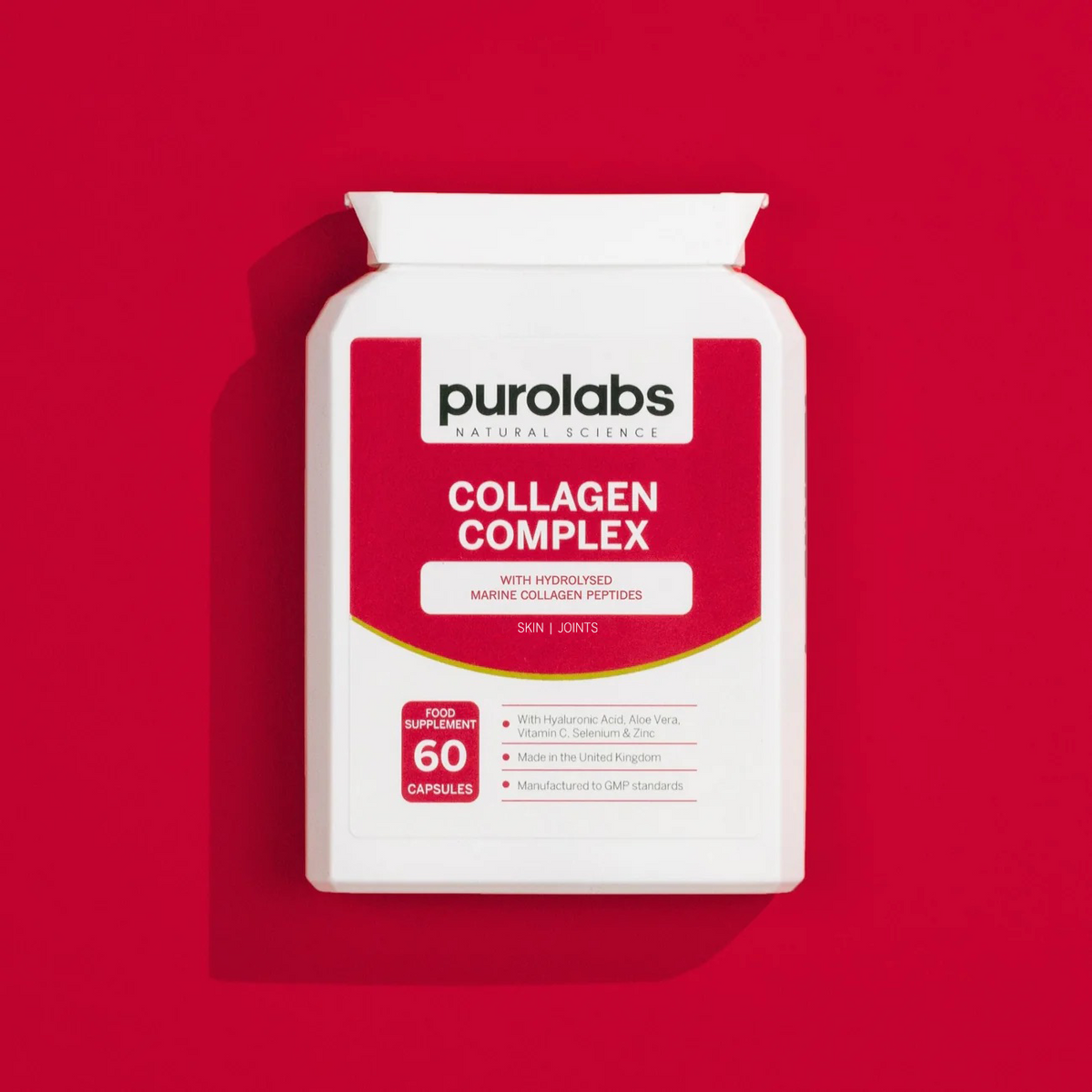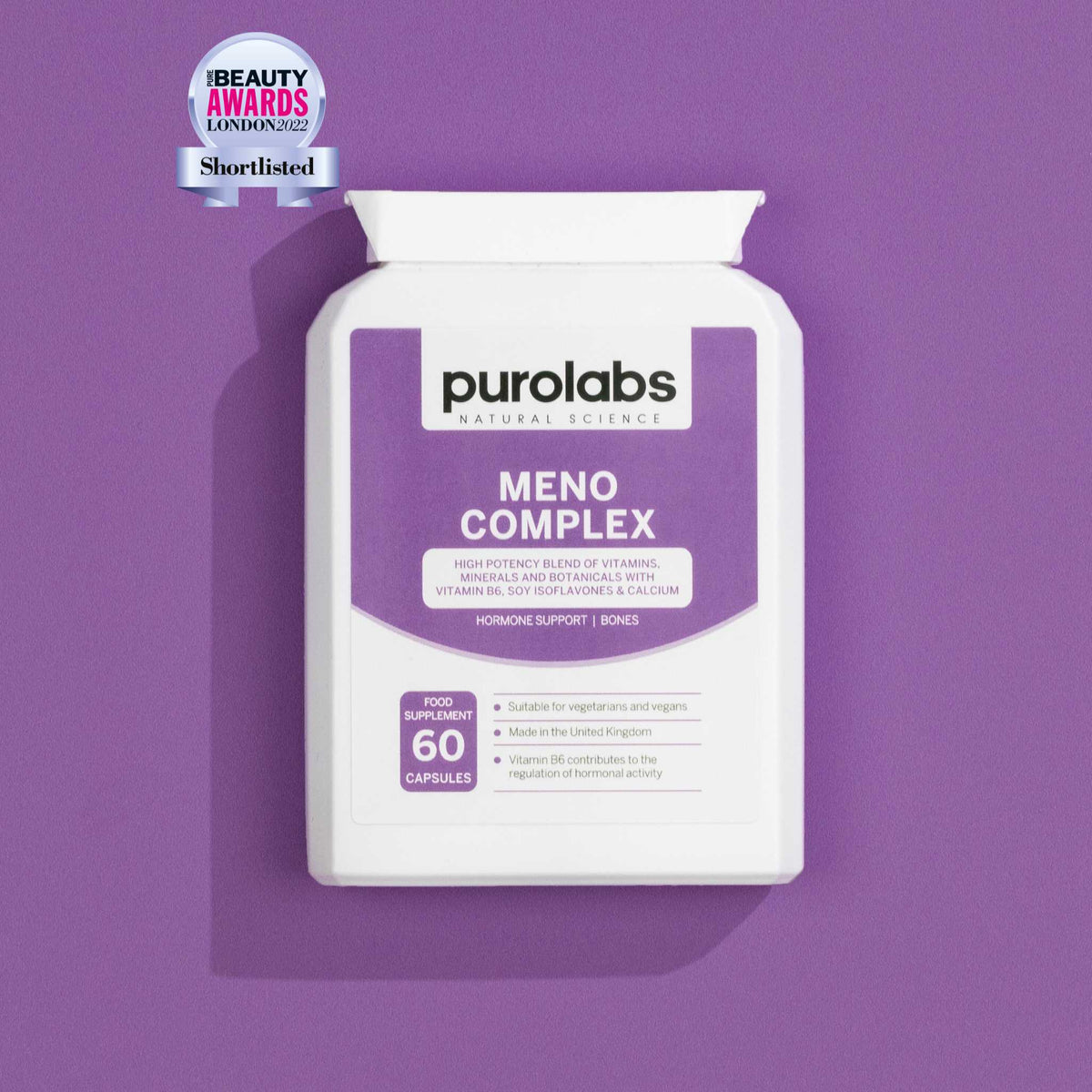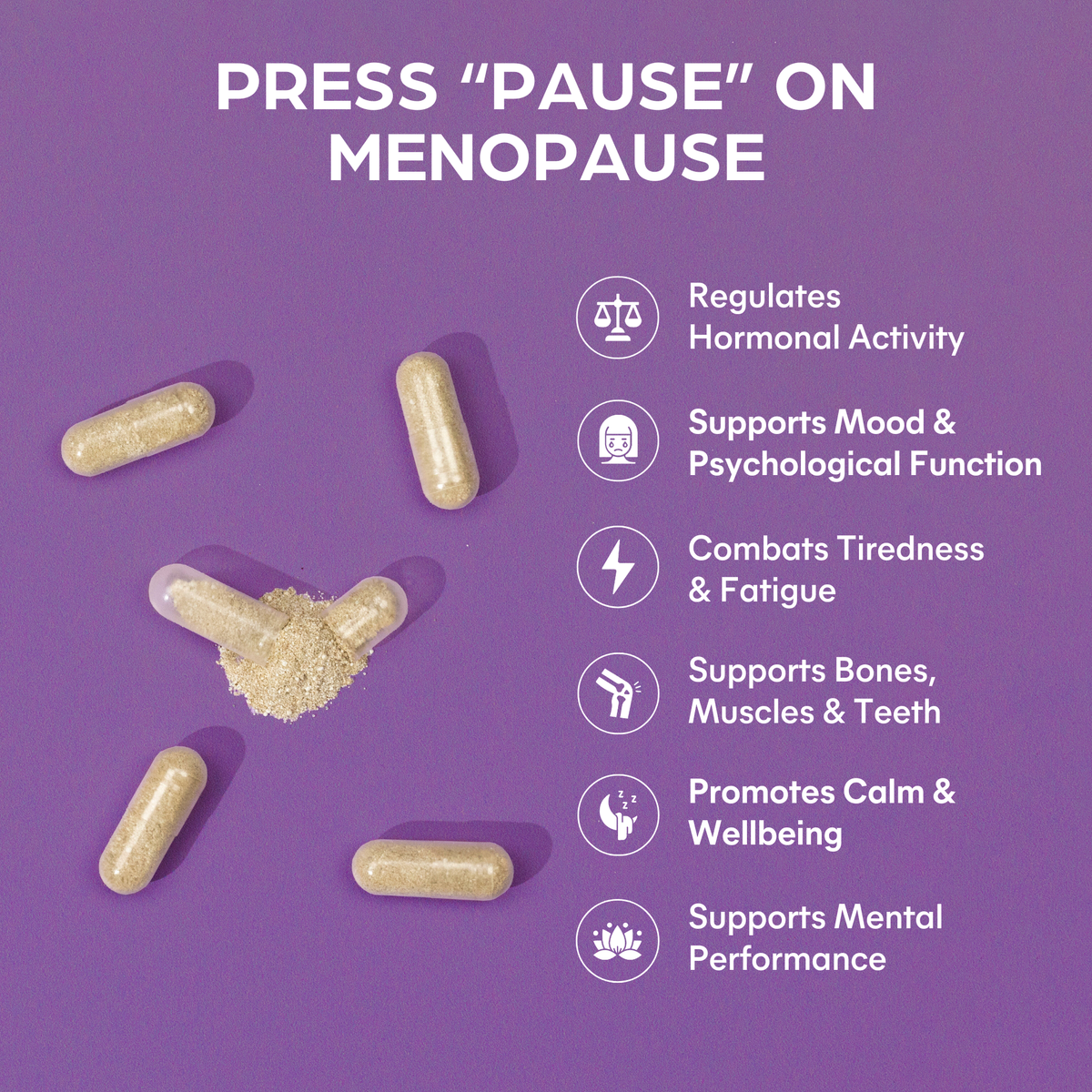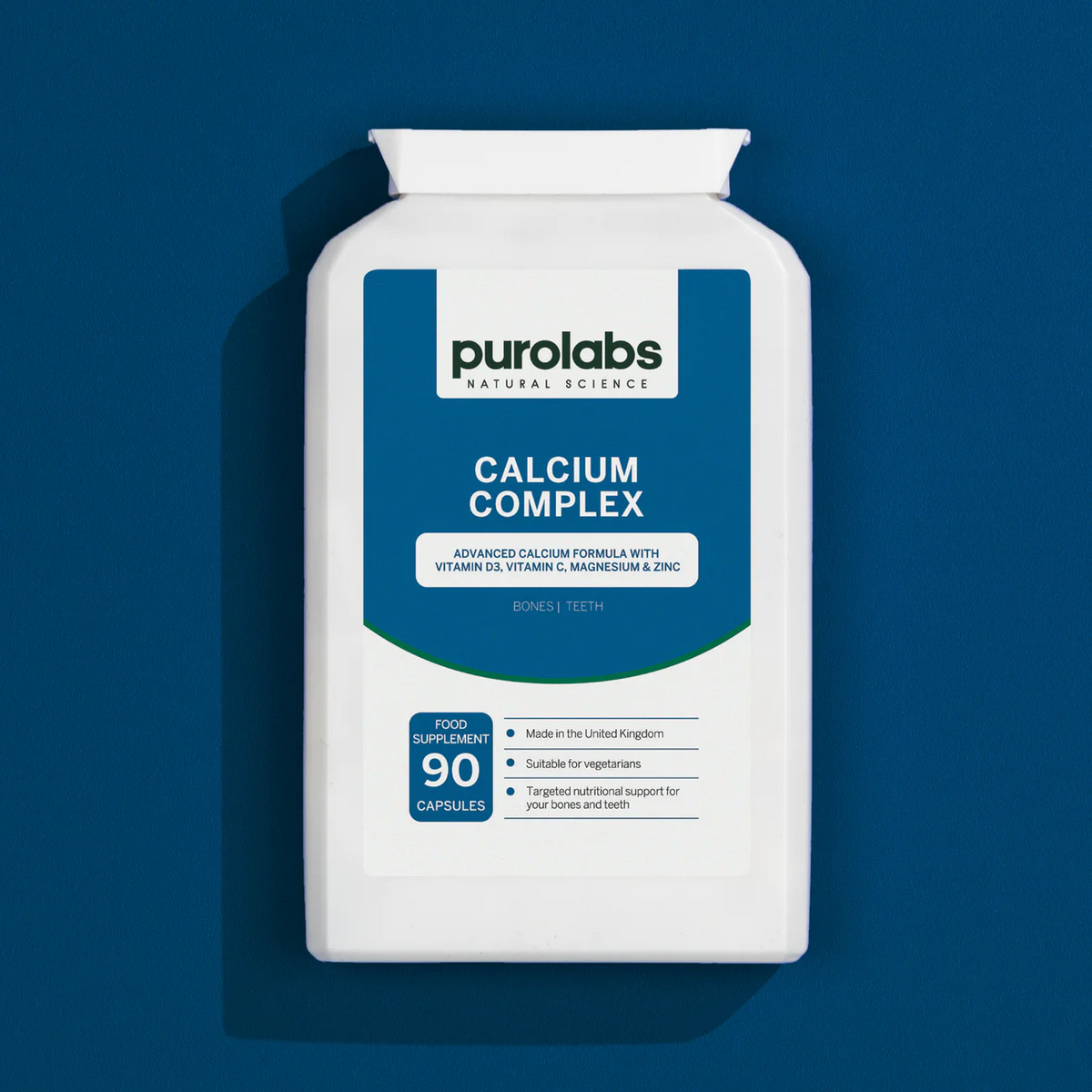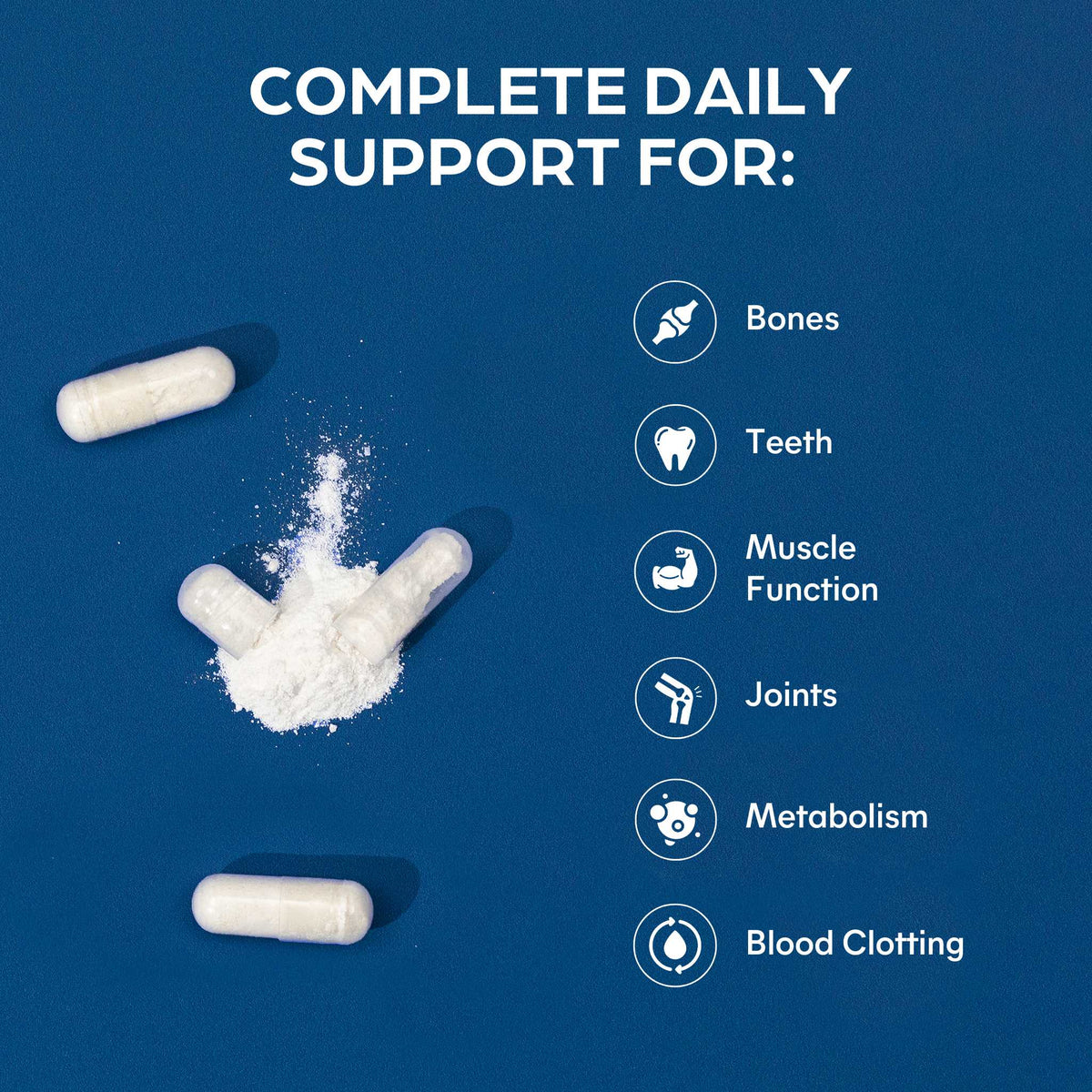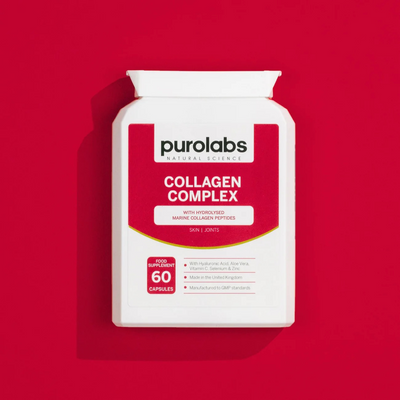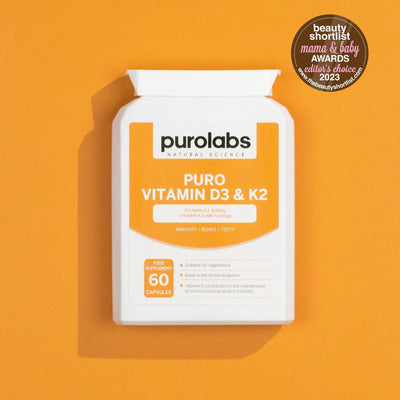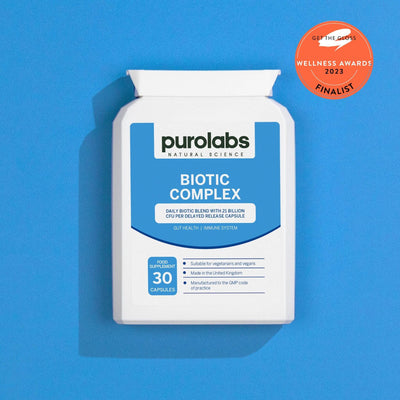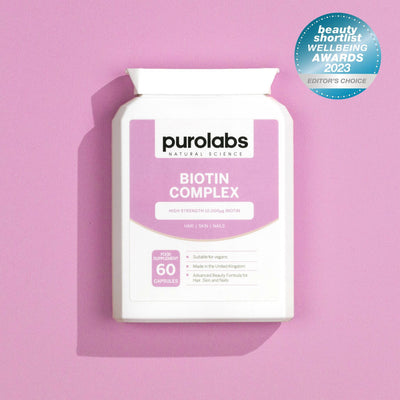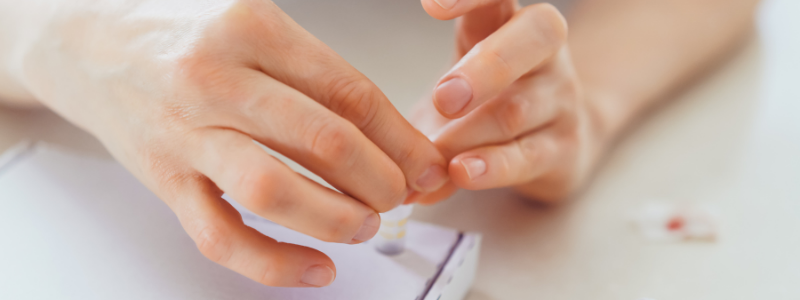The mineral iron is extremely important to the healthy function of the body and it is required to make haemoglobin, a protein within red blood cells which allows them to carry oxygen successfully around the body.
If you are low in iron, your body will not be able to create enough haemoglobin which results in your muscles and tissue not getting enough oxygen to work effectively. This can then develop into anaemia.
There are multiple different types of anaemia but iron-deficiency anaemia is by far the most common type in the world. The signs and symptoms of iron deficiency can depend on multiple different factors and some people may experience extremely mild symptoms to begin with. Being aware of what an iron deficiency can look like will allow you to spot very mild symptoms early on.
Below are some of the key symptoms to look for which will help you identify an iron deficiency as early as possible to treat accordingly. This in turn can help to reduce the risk of developing anaemia.
Unexplained Tiredness & Fatigue
Feeling tired and fatigued is an extremely common symptom of iron deficiency and occurs as a result of the red blood cells lacking in haemoglobin and your muscles/tissue not receiving as much oxygen as they need.
Tiredness can be a symptom of multiple different health issues so it can be difficult to diagnose an iron deficiency based on this alone. However, if you start feeling fatigued with no significant change to your sleeping pattern or lifestyle this can be an indication of low iron.
A Sudden Pale Complexion
Some people will naturally have a paler complexion than others but if you or others have noticed that your skin suddenly looks paler than your usual skin tone, iron intake could be something to consider.
The haemoglobin is what gives red blood cells and blood it’s red colour so a lack of haemoglobin can make the blood less red, resulting in a paler complexion. This can be an indication of low iron in both adults and children and common areas to check for lack of colour include face, gums, inside of lower eyelids and nails.
Headaches and Dizziness
Headaches can be an indication of iron deficiency, particularly in women. The exact link between low iron and headaches is unknown and more research is required to define the cause but it is believed to be associated with fluctuating levels of dopamine and the hormone estrogen.
Headaches may also be brought about or worsened by a lack of oxygen flow to the brain due to low amounts of haemoglobin. Feelings of dizziness or light-headed sensations are reported in those with low iron, for the same reason.
Heart Palpitations
Heart palpitations can be described as a noticeable heartbeat, a feeling of the heart ‘skipping’ a beat or suddenly speeding up for a few seconds. Like headaches, a causal link has yet to be established but palpitations are thought to be linked to poor oxygen flow around the body in those with iron deficiency.
If the anaemia is left untreated for a long period of time, these palpitations could develop into more serious heart issues so it is important to speak to your doctor if you are experiencing this symptom.
Shortness of Breath
If your blood cells are lacking in haemoglobin, the reduced oxygen flow means that you are likely to increase your breathing rate to up your oxygen intake and fuel your body.Shortness of breath during high-intensity exercise is completely normal but if you find you are becoming breathless doing low-impact, everyday activities like walking then this could be an indication of an iron deficiency and sign of your body working to get more oxygen into your bloodstream.
Dry/Damaged Skin, Hair and Fingernails
Soreness of the Tongue and Mouth
Frequent mouth ulcers can be a sign of iron deficiency, alongside sore or cracked skin around the mouth and a dry or burning mouth sensation. Similar to other parts of the body, these symptoms are likely a result of a lack of oxygen to the cells in that part of the body.
Restless Leg
Some research has found a link between restless leg syndrome and low iron. This is described as a strong urge to move or bounce your legs and feet when you are still, and it can be extremely uncomfortable during the night.
The exact cause of the syndrome is unknown so it is difficult to identify how the two conditions relate to each other but studies have found that around 25% of participants with anaemia also experience symptoms of restless leg syndrome.
There are multiple reasons why a person may develop an iron deficiency and if you are concerned that you or somebody else may be experiencing these symptoms, we would always suggest you speak to your doctor as soon as possible. Your doctor can then advise the best course of action to take to treat the iron deficiency or anaemia, which may include changing diet and using supplements.
If you want to maintain healthy iron levels, you can incorporate more iron rich foods into your diet. For those who eat it, red meat such as beef or pork contain a lot of iron or for those who are plant-based, leafy greens such as spinach and kale are very rich in iron. There are also many types of beans, seeds and nuts which are packed full of iron which you can incorporate more of into your diet.
For a convenient and easy way to boost and maintain healthy levels of iron, you can try an advanced high-quality supplement like our Puro Iron Complex. Completely vegan-friendly, this complex has been created to support healthy cell function, the immune system and boost energy levels.

Iron Complex

 Beauty
Beauty
 Bone Health
Bone Health
 Brain Health
Brain Health
 Energy
Energy
 Eye Health
Eye Health
 Gut Health
Gut Health
 Hair
Hair
 Hormonal Health
Hormonal Health
 Heart Health
Heart Health
 Immunity
Immunity
 Joints
Joints
 Menopause
Menopause
 Pregnancy
Pregnancy
 Kids
Kids
 Sleep
Sleep
 Stress & Mood
Stress & Mood

